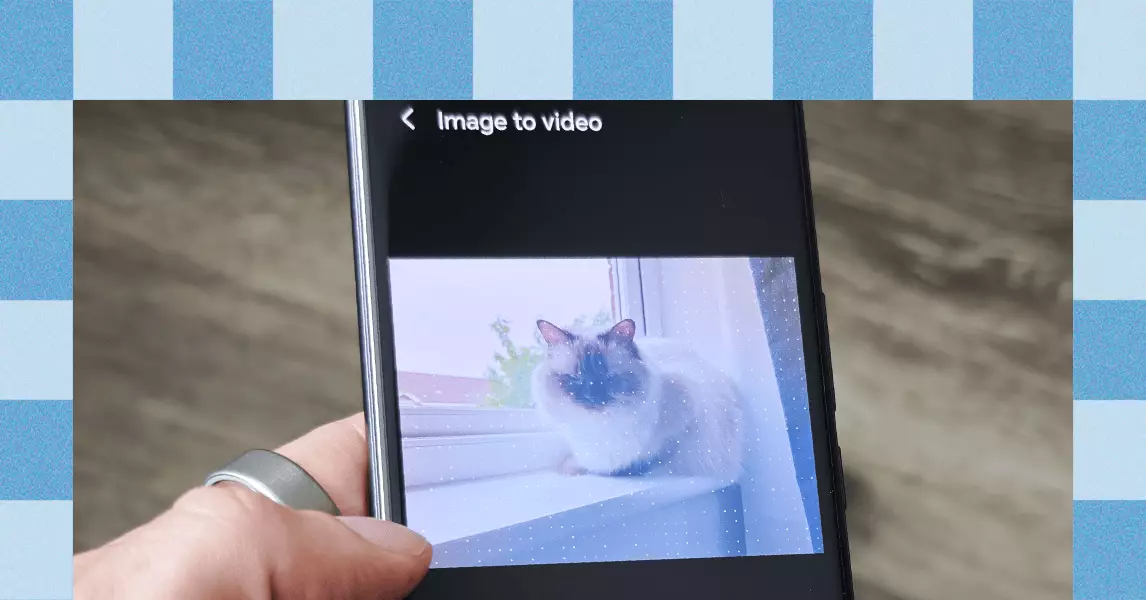In the dynamic realm of smartphones, midrange devices often find themselves overshadowed by their flagship counterparts. However, the Honor 400 and 400 Pro are poised to make a significant mark with groundbreaking technology that introduces a transformative approach to photography. Notably, these devices feature Google’s innovative image-to-video AI generator, which is part of the Veo 2 model, a tool that has just begun making waves among Gemini subscribers. While these phones may not be available in the U.S. market, their implications for photo and video creation are fascinating and worthy of attention.
The Groundbreaking AI Technology
The core of this technology lies within the Honor Gallery app, where users can take a still image and effortlessly transform it into a captivating five-second video. This capability, while captivating, raises a plethora of questions regarding authenticity and the very essence of photography. In an age where images can be easily manipulated or enhanced, the leap from static photos to animated videos not only challenges our perception of reality but also invites us to reconsider the boundaries of creativity. The potential of this AI-driven process is both exhilarating and alarming, producing results that range from astonishingly lifelike to eerily bizarre.
The Creation Process: Simplicity Meets Unpredictability
Creating an animated video is refreshingly straightforward. Users simply navigate to the Create tab in the Gallery app, select their desired photo, and choose either a portrait or landscape aspect ratio. With a stable internet connection, the app generates a brief video in approximately 30 seconds. However, the outcomes are dictated solely by AI, leaving users at its whims, which creates an unpredictable experience. While some videos may genuinely capture the essence of the original image, others can venture into the uncanny valley territory—an unsettling medley of too-real yet fundamentally wrong animations.
Personal Experiences and Observations
Various personal experiments with family photos yield a mixed bag of results. To my dismay, early attempts demonstrate the technology’s shortcomings, particularly when it comes to replicating nuanced human expressions. One standout moment involved a video of my wife that included a jarring animation of her hand; the AI’s interpretation of her mouth movement was laughably incorrect. Meanwhile, a video created from a selfie of mine succeeded in portraying a convincing representation, yet my wife instantly recognized it as a fabricated recreation. These instances underscore a vital reality: while AI can imitate aspects of human emotion and movement, it often fails to grasp the subtleties that define individuality.
Redefining Authenticity in Digital Media
The rise of AI-powered video generation brings to the forefront a critical discussion concerning authenticity in our increasingly digital lives. Historically, photography has been a medium grounded in reality, despite its ongoing evolution—be it through editing or filtering. However, moving into the realm of entirely animated renditions from still photos represents a paradigm shift that could redefine how we perceive personal memories. It raises ethical questions about the ownership and authenticity of our digital lives. As we navigate this new digital frontier, we must critically evaluate how such tools impact our understanding of connection, identity, and the very concept of memory itself. The balance between innovation and authenticity will ultimately shape the future of how we share our stories through images and videos.


Leave a Reply